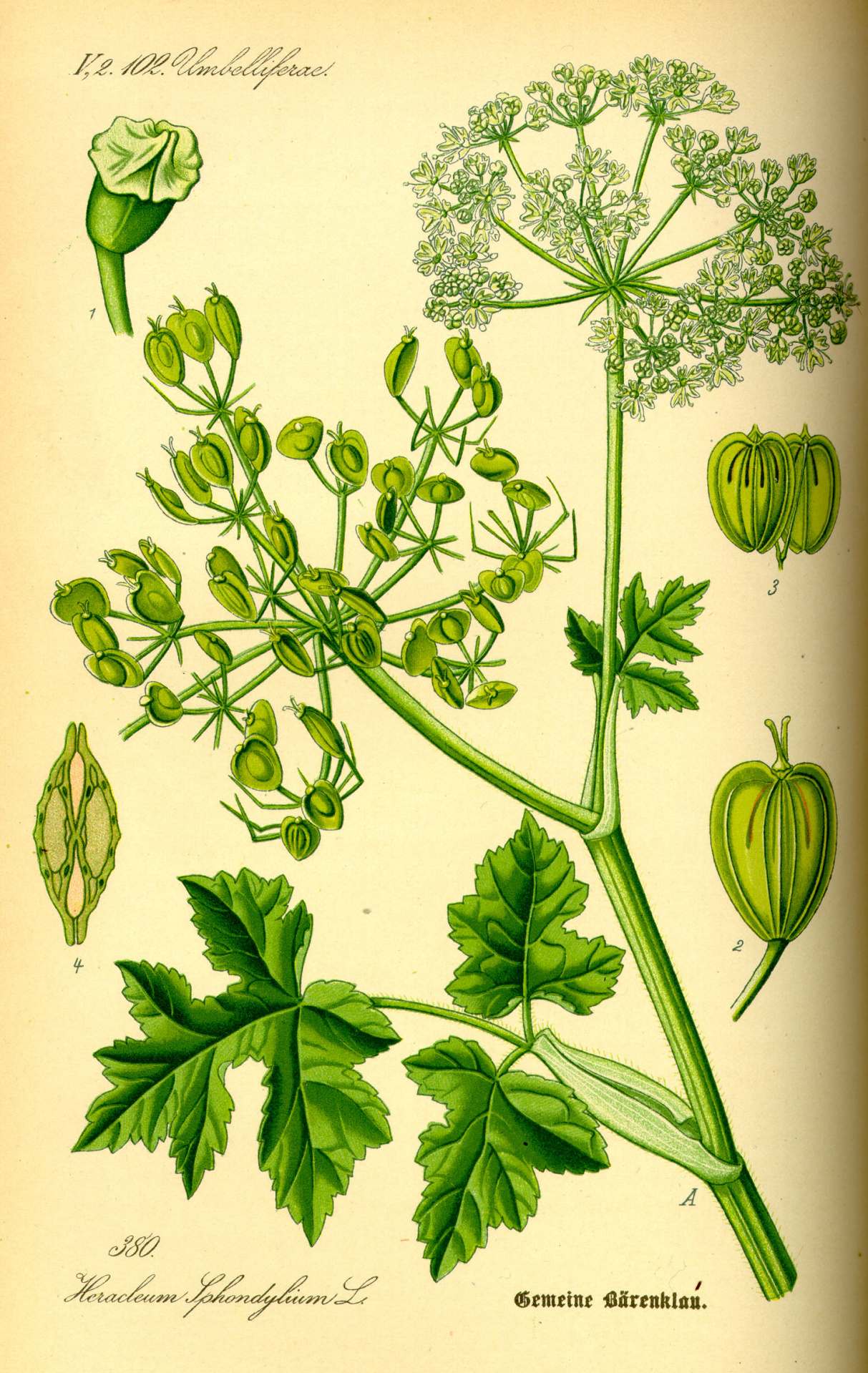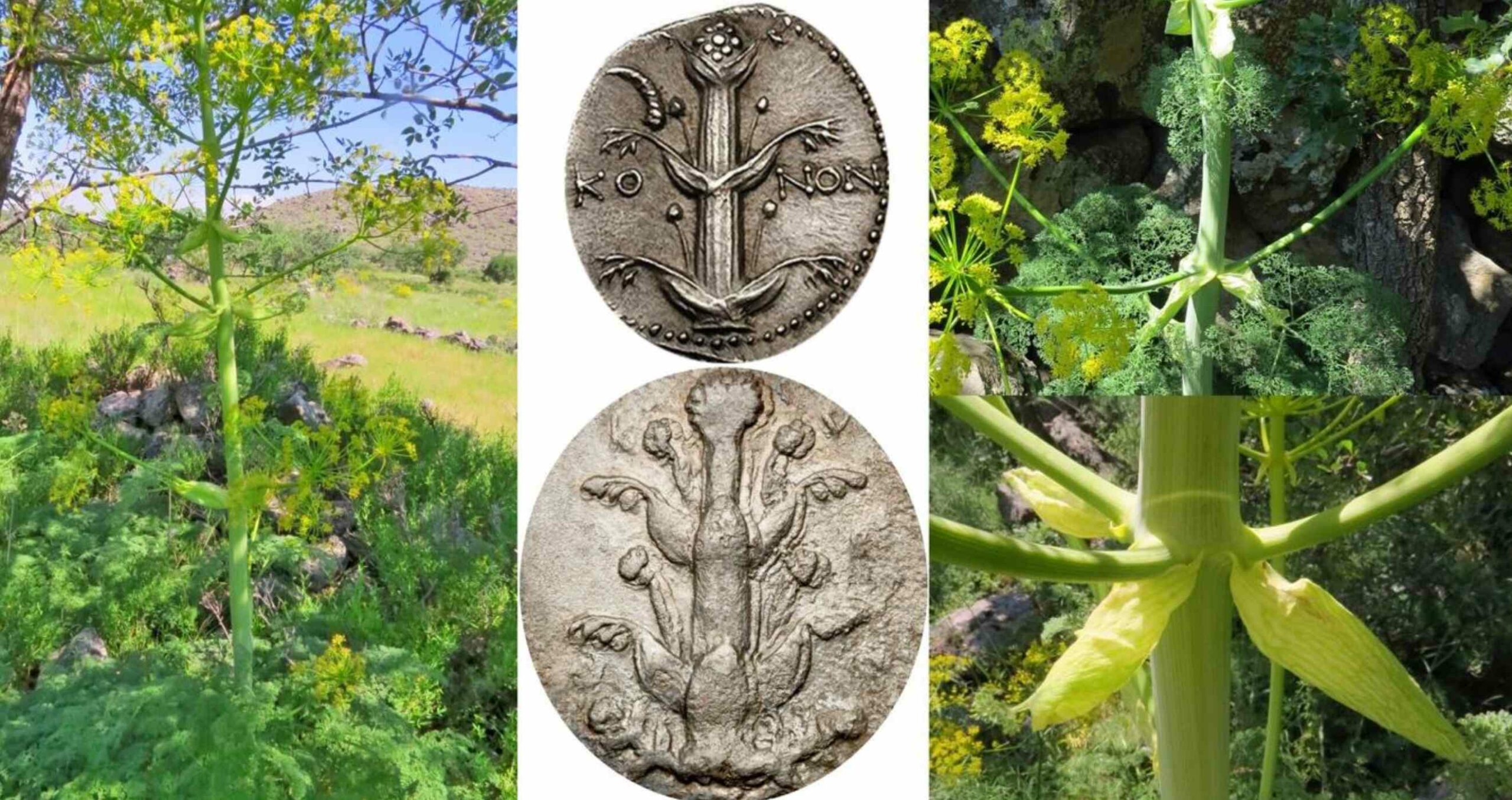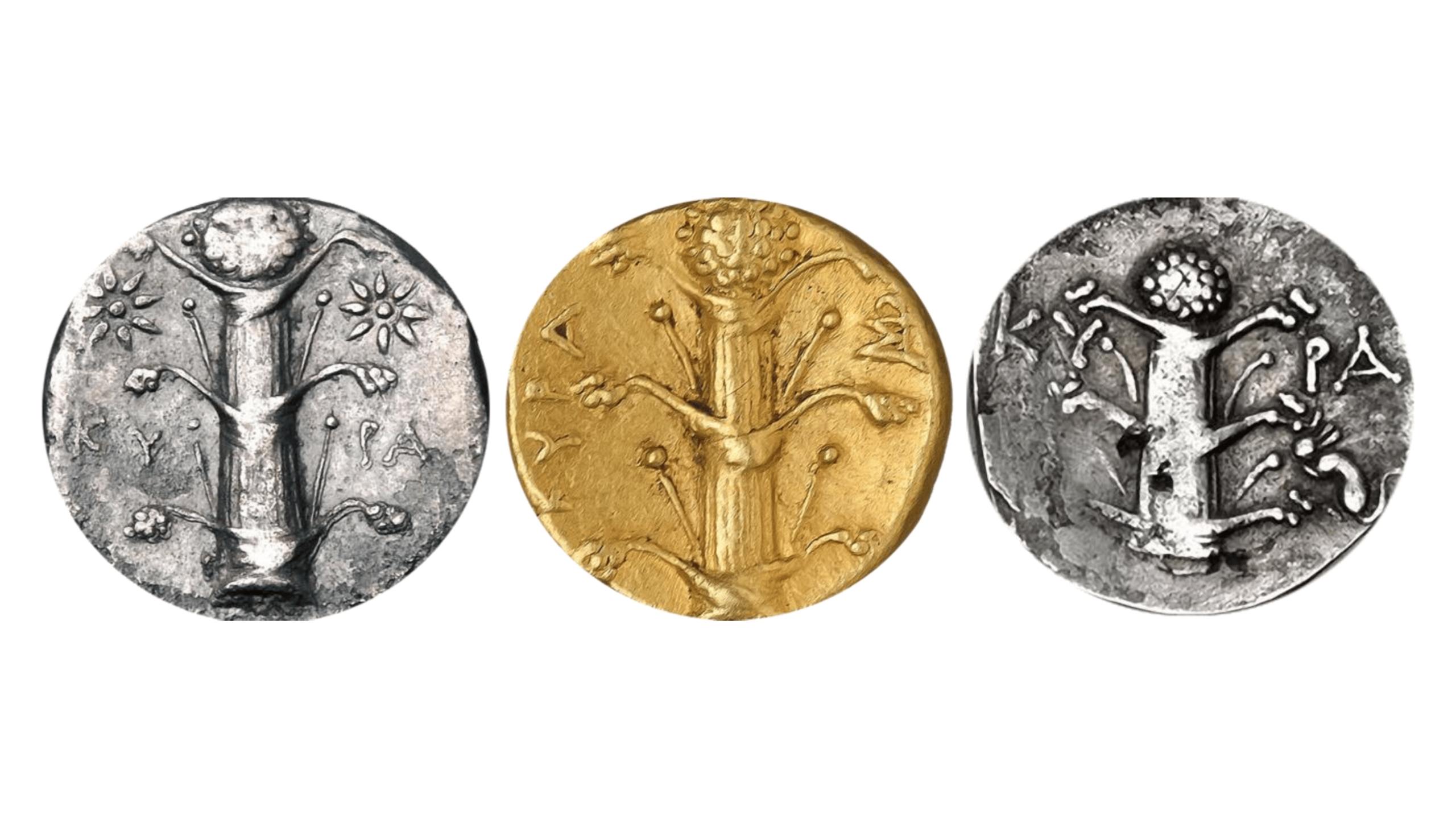A botanical enigma that puzzled historians and botanists alike appears to have been unraveled by a researcher in Turkey. Silphion (or silphium), a plant of immense cultural, medicinal, and economical value in the ancient world, seemingly vanished from existence two thousand years ago. However, recent studies propose that the plant may not be extinct after all.

A historical high-value plant: silphion
Silphion, revered by the Ancient Greeks, Romans, and Egyptians, was a golden-flowered plant that was a highly sought-after commodity before the rise of Athens and the Roman Empire. The plant was used extensively for medicinal purposes, culinary delights, and even as a contraceptive.
During Julius Caesar’s reign, silphion reserves were of such importance that they were stored alongside gold in Rome’s imperial treasures. A sapling of silphion was valued as much as silver.
The disappearance of silphion
Despite its high demand, silphion disappeared mysteriously from the Mediterranean world just seven centuries after its first documentation. The last documented account of silphion appeared in the writings of Roman chronicler Pliny the Elder in the first century AD, who stated that the last stalk of the plant was given to Emperor Nero.
Botanical explorers in the Middle Ages strived to locate the plant across three continents, but all their efforts were in vain. Historians eventually considered the disappearance of silphion to be the first recorded extinction of any species, plant or animal.
The unforeseen discovery: Ferula Drudeana
However, the story took an unexpected turn when Mahmut Miski, a researcher at Istanbul University, proposed that the plant might not be extinct after all. Miski suspects that a plant called Ferula Drudeana, which grows on Mount Hasan in Turkey, could potentially be the elusive silphion.
According to a National Geographic report, Miski’s proposition is based on several similarities between Ferula Drudeana and the ancient descriptions and images of silphion, including those found on Ancient Greek coins.

The plants share similar characteristics, including a thick branching root and yellow flowers, and they both have powerful medicinal properties. Ferula Drudeana contains anticancer compounds and anti-inflammatory properties, much like the ones historically associated with silphion.
The connection with Ancient Greek settlements
Interestingly, Ferula Drudeana has been found in two locations in Turkey, both of which were home to Ancient Greeks. One of these locations is Cappadocia, which is hundreds of miles away from where silphion originally grew.
Miski, a specialist in pharmacognosy (the study of medicines derived from natural sources), discovered that Ferula Drudeana has 30 secondary metabolites with medical applications. These compounds exhibit cancer-fighting, contraceptive, and anti-inflammatory properties. Miski believes that future analyses of the plant will reveal the existence of dozens of yet-to-be-identified compounds of medical interest.
“You find the same chemicals in rosemary, sweet flag, artichoke, sage, and galbanum, another Ferula plant,” Miski said. “It’s like you combined half a dozen important medicinal plants in a single species.”
Anecdotal evidence: the behavior of grazing animals
Miski also found similarities in the reactions of grazing animals to the plant. According to Pliny’s records, sheep and goats would graze in pastures where silphion grew, and the sheep would fall asleep after consuming it. The plant also caused goats to sneeze. Miski found that present-day shepherds reported similar effects on sheep and goats that graze on Ferula Drudeana.
Coincidences with Cyrenaican coins and ancient texts

In a 2021 study published in the journal Plants, Miski and his team pointed out the similarities between Ferula drudeana and the silphion as described in ancient texts and depicted on Cyrenaican coins. These similarities range from the thick branching roots to the celery-like leaves.
The Black Rain: an interesting correlation
According to ancient texts, the first silphion appeared after a “black rain,” a heavy spring downpour. Miski observed that Ferula Drudeana would spring from the ground following rains in April in Cappadocia, growing up to six feet in just a month.
The challenge of cultivation
Ancient silphion resisted cultivation and had to be harvested in the wild. Ferula Drudeana also exhibits a similar trait. Miski found that it is difficult to transplant Ferula Drudeana. However, by using a method known as cold stratification, Miski and his team were able to grow Ferula in a greenhouse.
The plausible connection: an archaeobotanist’s perspective
Erica Rowan, an associate professor in archaeobotany at Royal Holloway University of London, finds Miski’s speculations plausible. She points out the ancients’ expertise in transporting things and suggests that people from Cyrenaica could have brought the seeds to Cappadocia and planted them.
While the discovery is fascinating, the connection between Ferula Drudeana and the ancient silphion is yet to be conclusively established. However, the similarities are undeniable and offer a promising lead in solving the mystery surrounding the disappearance of the silphion plant.



